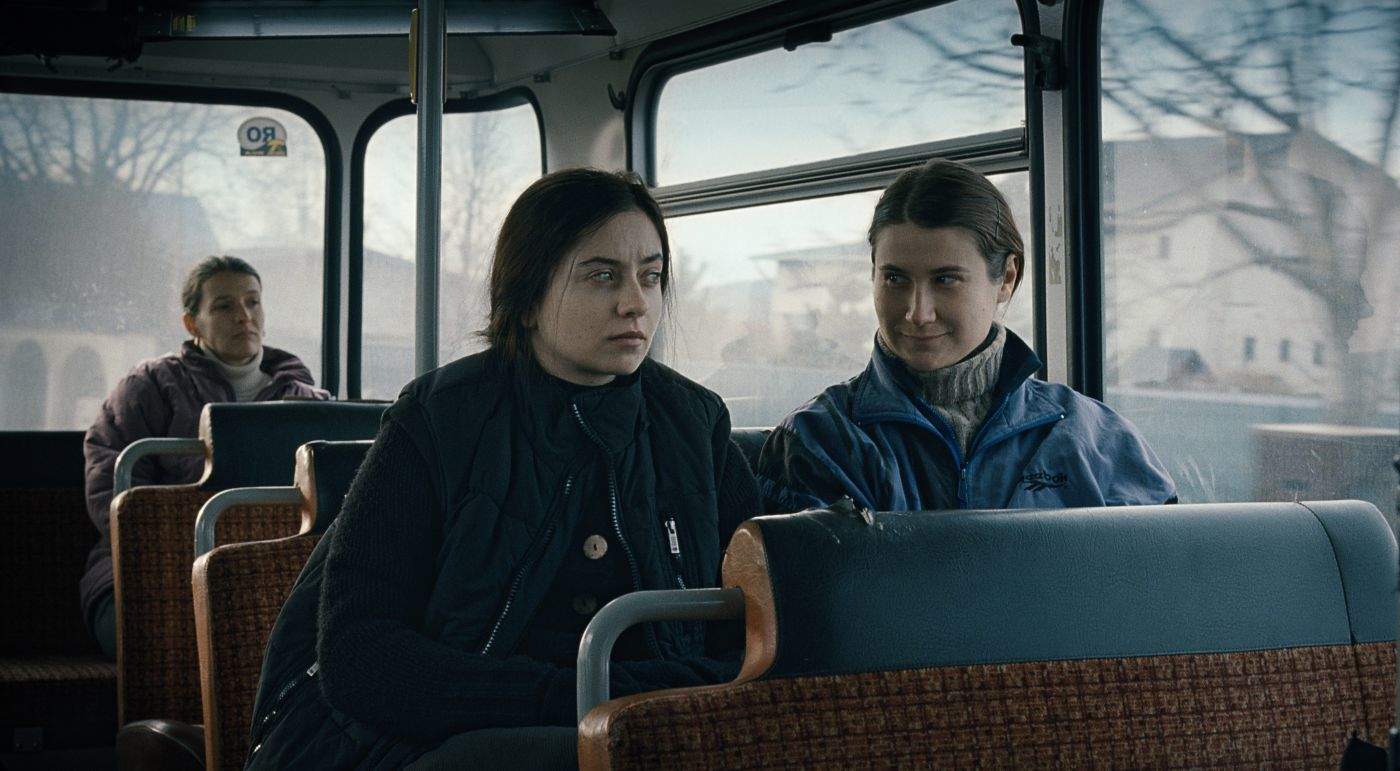“The man who leaves and the man who comes back are not the same.”
Alina and Voichita had grown up together in an orphanage. They had found solace and comfort in each other’s presence before both of them took different paths in their life. The film opens with Alina returning to home with the hope of reuniting with her childhood friend and starting a new life only to find Voichita leading a completely new life in a monastery with nothing but God at heart.
What follows is one riveting on-screen journey that dwells on faith, love, theism, atheism and over all, human emotions that goes unfathomably deep. Director Cristian Mungiu’s remarkable work to depict the tumults of emotions of both the lead characters would be etched on the mind of audiences. The story largely revolves around how Voichita trying to get Alina a new life like hers in the monastery and Alina repeatedly and determinedly trying to undermine the value of god to get Voichita to love her with horrific consequences for her and the people residing at the monastery.
Many things are left to be inferred and left to individual interpretations, like it should be. The complicated relation between the lead characters is one of them. The love between them was still intact but faith divided them. The film also depicts the repercussions of faith and religion at its extreme. The screenplay of the film is excellent as it stresses to address the daily routine lifestyle at the monastery and how unbridled faith affects the rationale and morality of the people living there. Subject like this needed to be handled expertly and boy it was. So many subtle subplots like Alina’s brother’s pangs, the relationship between the priest of the monastery and the nuns are only examples of the palette of emotions that were drawn on screen.
It’s largely a women-centric film. So, it asks a lot from the performances of the two ladies, portraying central characters. Cristina Flutur (Alina) and Cosmina Stratan (Voichita) – both of them gave stellar performances that helped the film to consolidate the theme. The support cast, mostly comprised of female characters, was deft in their performances too. The only significant male character, ‘The priest’, played by the dependable Valeriu Andriuta, perhaps acted as the anchor of all the activities between all the female characters.
Another aspect that demands exceptional praises is the cinematography. The remote countrysides of Romania looked magnificent on screen. Sometimes, I wondered whether it was possible to pause and stare at those beautiful shots. Some of the intense scenes in the films were that intense because the way it was shown. Overall, it is a film that would leave its viewers, atheists and theists alike, in a profound state of preoccupation.




